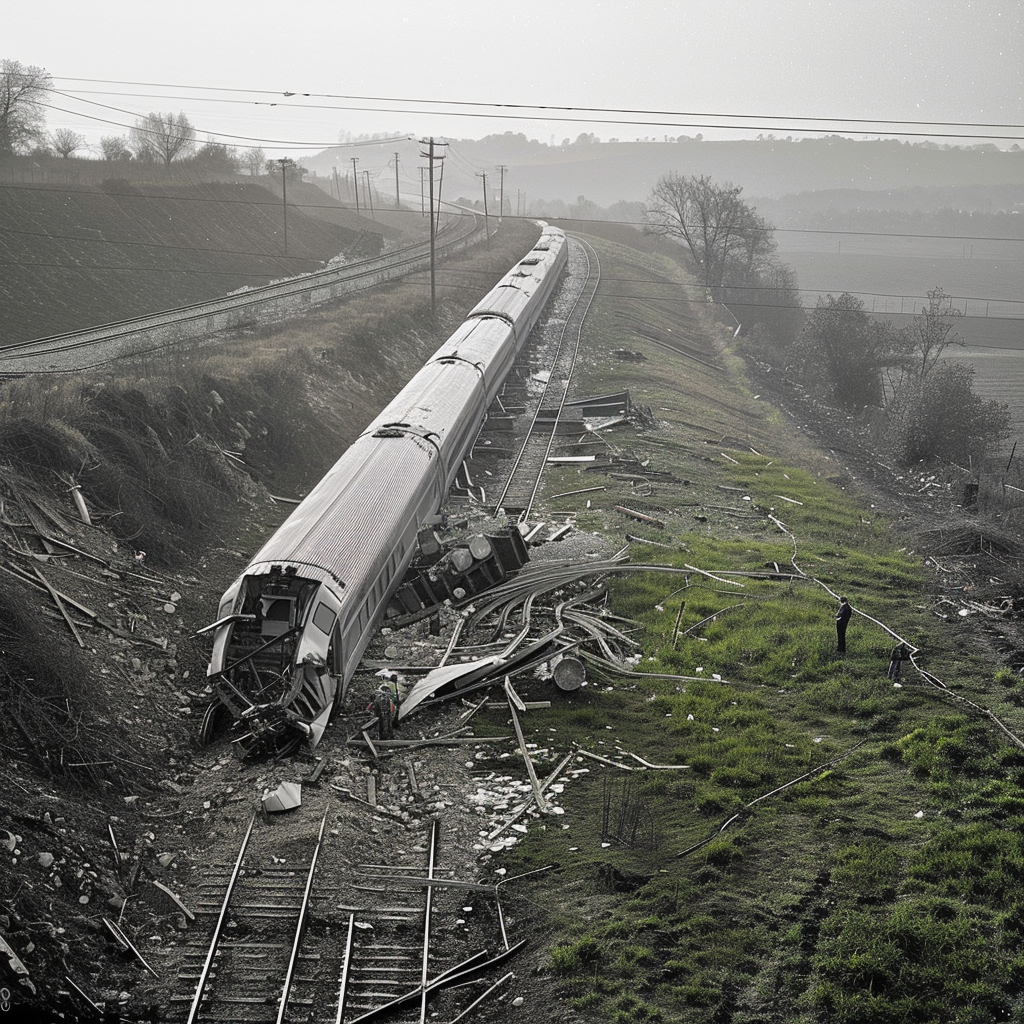Any leader who’s attempted to lead a change initiative in the last few years has been frustrated: the standard “playbook” for change just isn’t working the same. It’s not you: fundamental changes to the economy mean that leaders need a new approach.
In particular, major challenges include:
- Power shifting to workers. The broader trend of declining birth rates means the labor pool is shrinking—a major shift that managers who “came of age in an era of abundant workers” will be forced to adapt to as employees become more demanding
- Technology forcing organizations to reconsider how jobs are performed. Thanks to the widespread availability and ease of digital and communication tools, remote teams weren’t just able to scrape by in COVID, they increased productivity by 5%. Meanwhile, automation and AI are forcing leaders to radically evaluate the skills and size of the future workforce.
- Organizations being asked to solve bigger problems. Consumers believe that businesses are the only institutions that are both competent and ethical enough to effect change, and increasingly expect them to take a stand regarding social and environmental issues. At the same time, organizations are attempting to implement more change than ever before—up to 15-20 initiatives a year—which is burning employees out. 71% of employees are overwhelmed by the amount of change in their job.
Despite all this, human psychology hasn’t changed: people still resist the loss that is inherent to any change (even when they know it’s for the best). Leaders need to adopt a new playbook, one that accounts for both the needs of the individuals impacted by and making the change, and the reality of continuous evolving environment. In particular, leaders must make the following shifts:
- From broadly appealing campaigns to behavior-specific interventions. Slogans and rallies aren’t enough to simply “inspire” people to change. Instead, leaders must identify the changes in behavior that their teams must make, and focus their energy on training and reinforcing those behaviors.
- From assessment to experiment. Historically, leaders (and consultants) spent a significant amount of time assessing what to do—doing “discovery” or conducting a “listening tour.” While it’s important to engage with the wider organization, this often delays acting on change, or only tells people what they want to hear. It’s far more effective to start testing new ways of working as soon as possible—it’s the best measure of how the organization actually reacts to change.
- From compelling action to collaboration. Top-down demands for change are not as effective anymore, and in fact can result in higher resistance and rejection. Whenever possible, involving people in designing the change themselves. After all, it’s hard to object to something that you created.
- From “silver bullets” to snowballing action. It’s human nature to hope there’s one simple solution—if only you could find it, it would surely fix multiple problems within your organization. Unfortunately, we’ve done this for 10 years and haven’t found one yet. But we have found the benefits of compounding results: score quick wins to prove that change is possible, and build on that momentum to spread those new behaviors across the organization.
- From structure-first to process-first. Leaders often default to reorgs when trying to implement change. Surely, clarifying reporting structures and decision-making will make things better? The reality is that updating an org chart on paper doesn’t reflect the way work really gets done. It’s far more effective to start improving processes and systems, and then return to refine the official structure.
- From common culture to convening culture. There’s an unspoken pressure for organizations to have ONE culture, for everyone to be reading from the same page. But we’ve found that it’s perfectly okay for subcultures to co-exist within the organization, as long as there are well-established norms for how different groups are expected to act with each other.
Learn more about why our approach is so different—and why it works.













